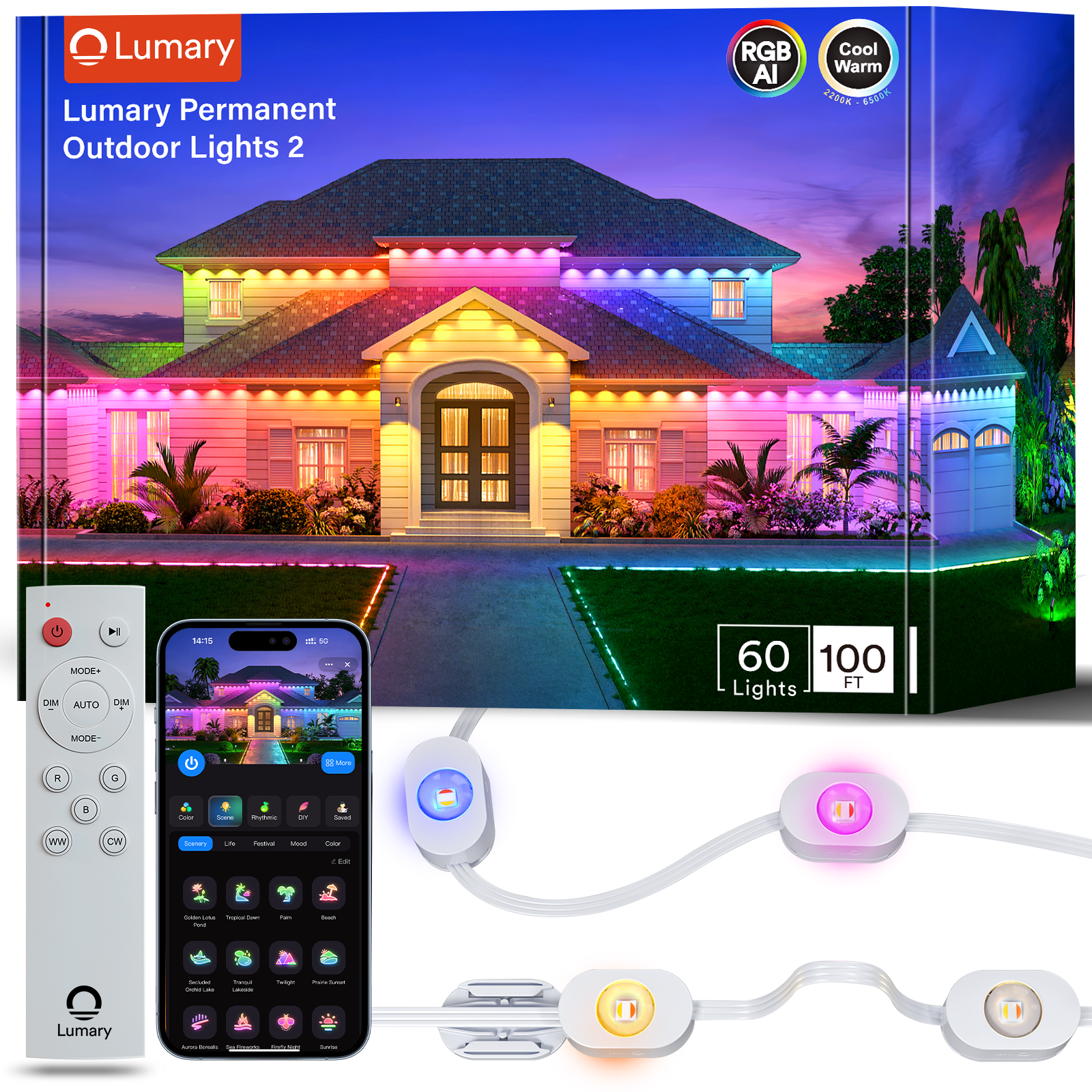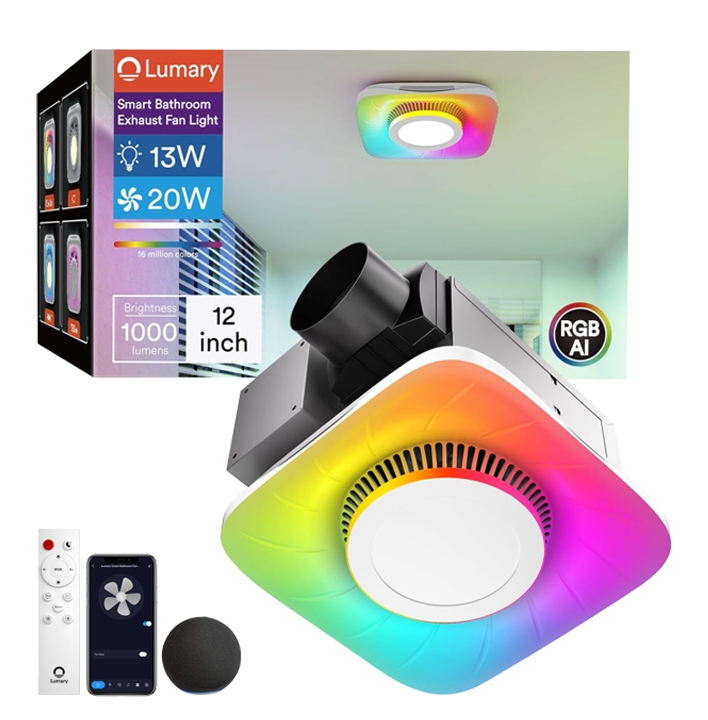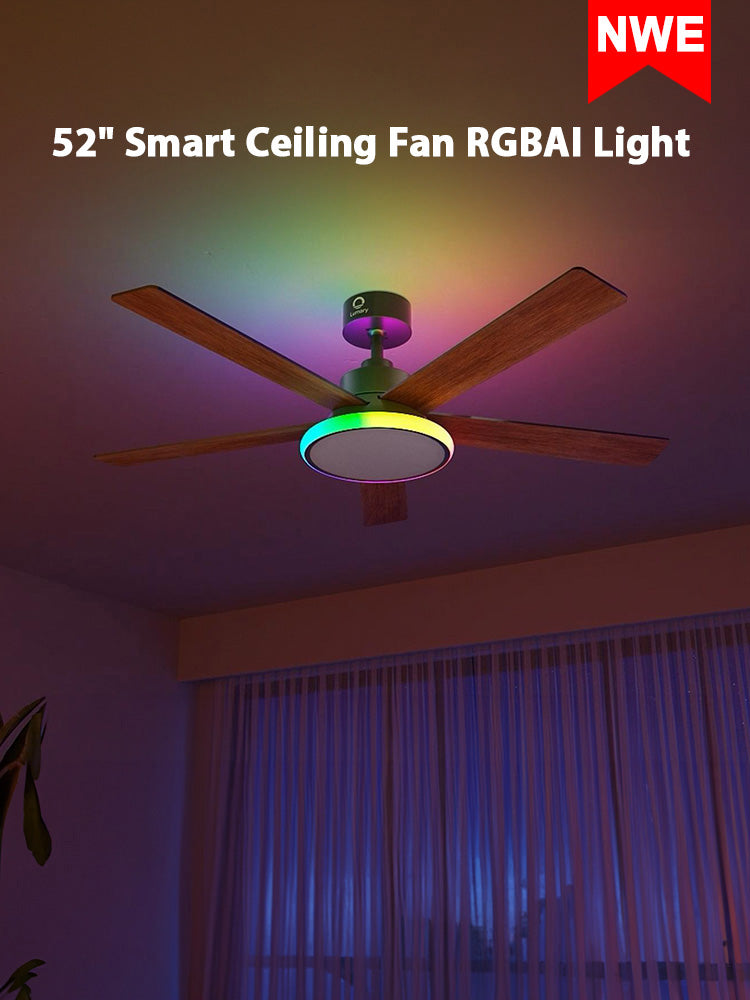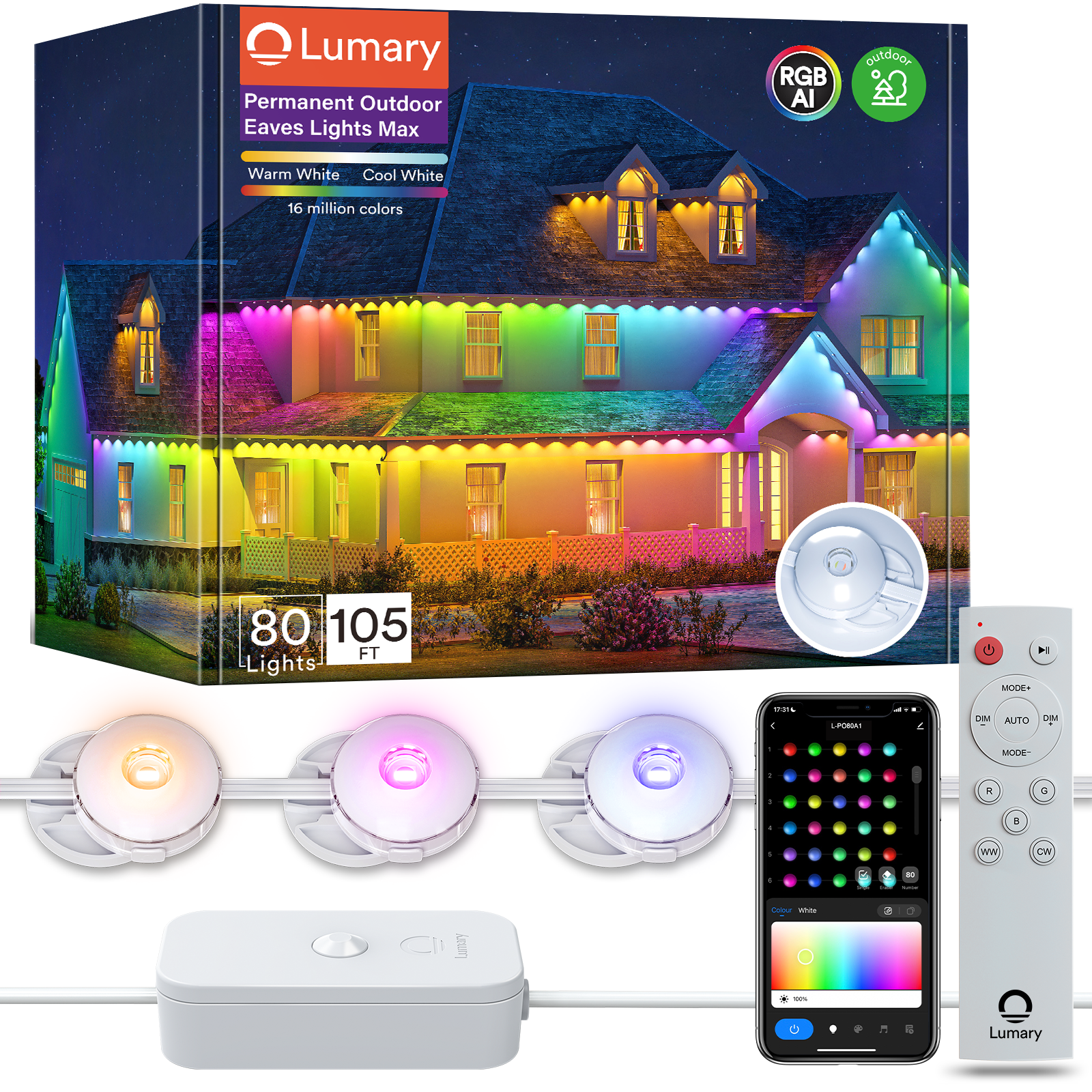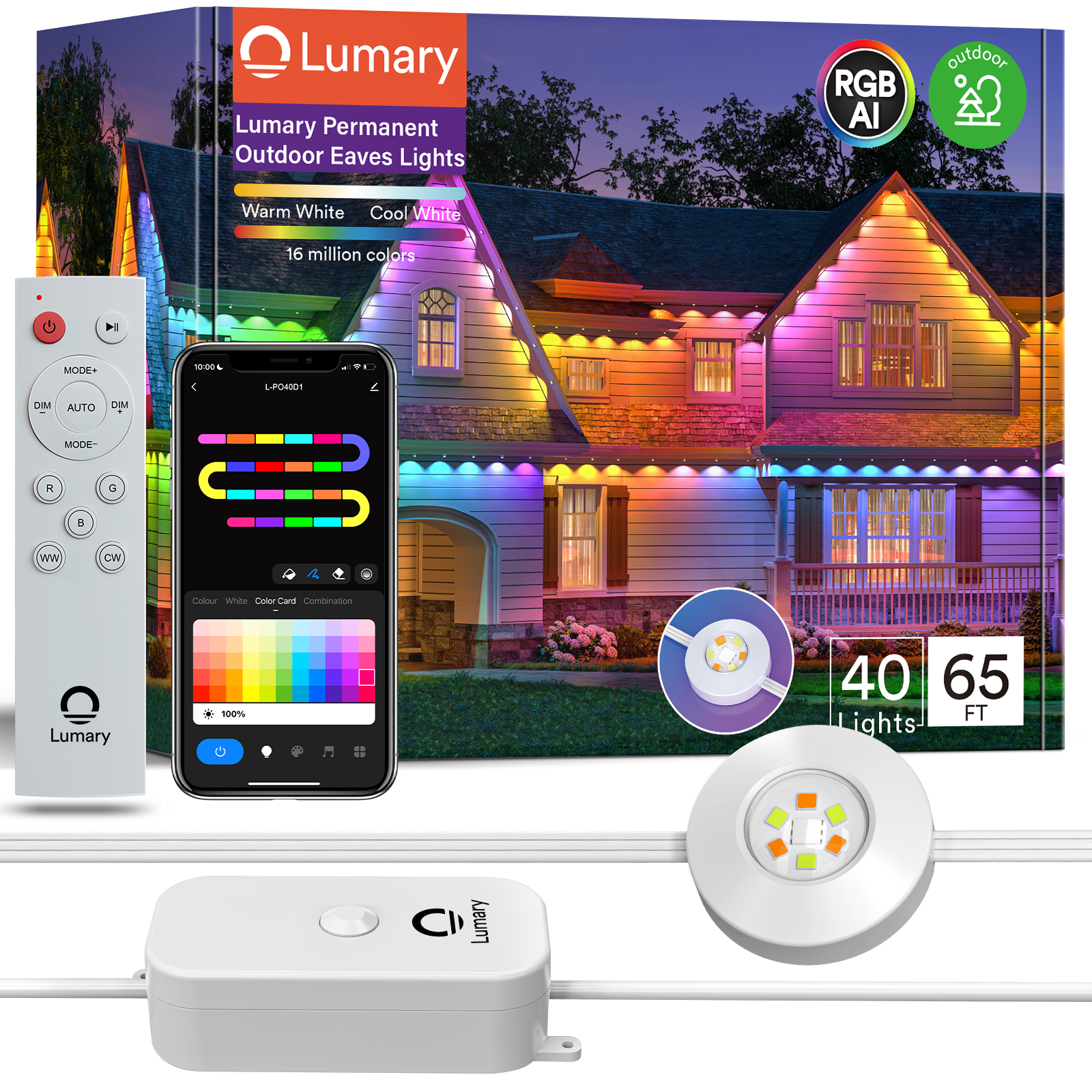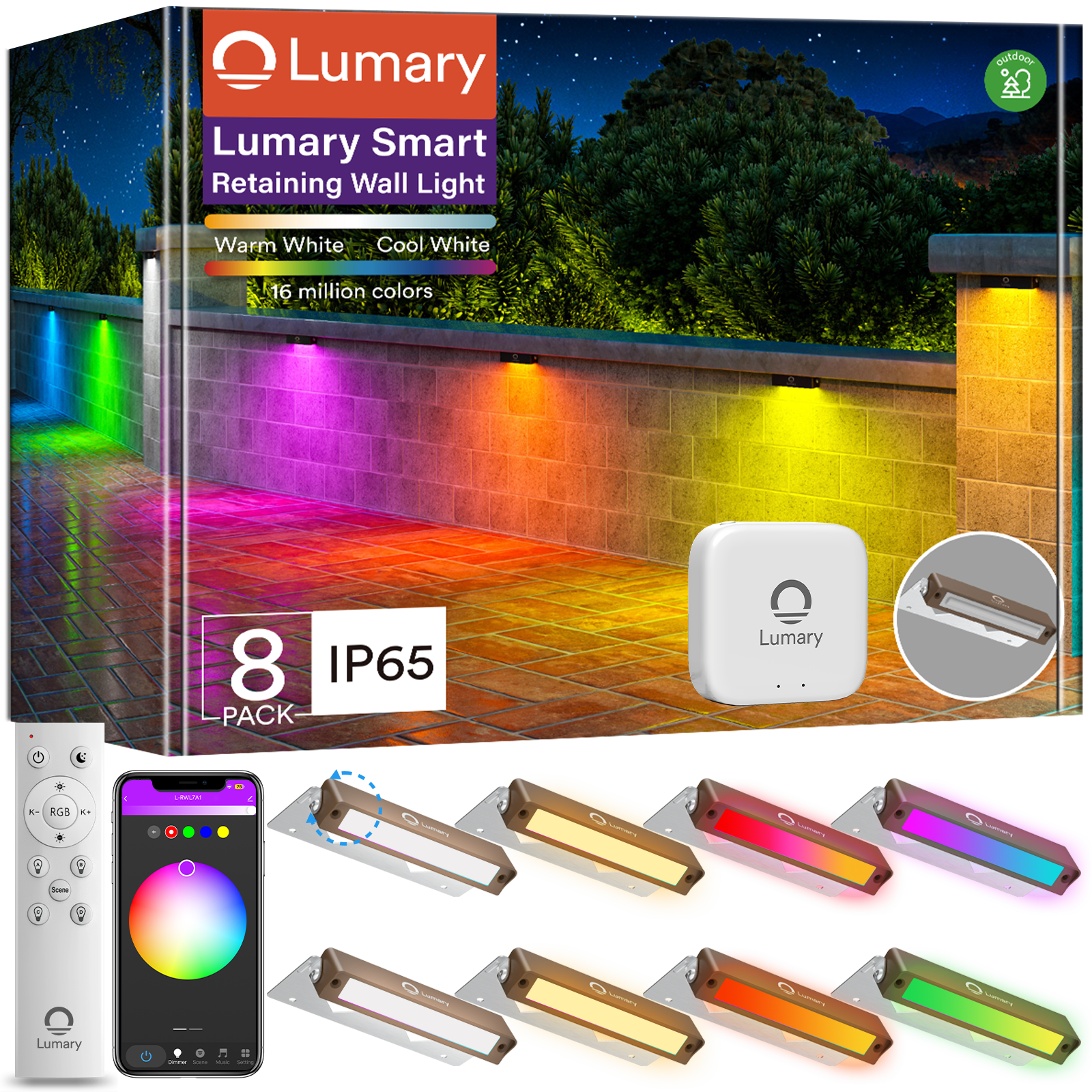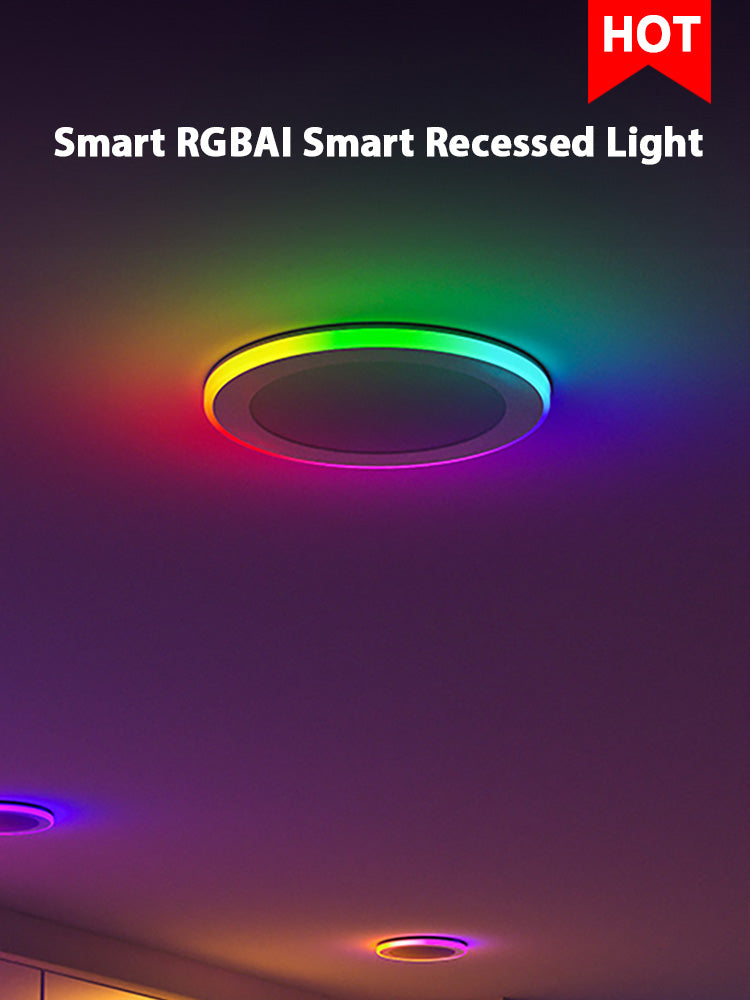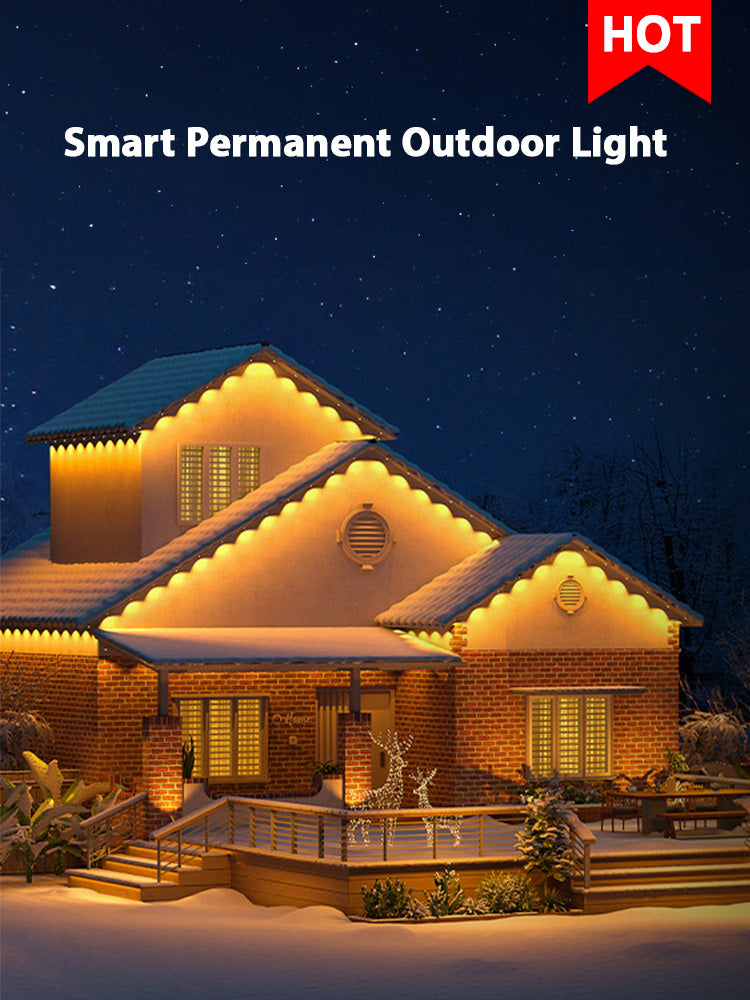Outdoor lighting plays a crucial role in enhancing the beauty and safety of your home. By choosing low voltage LED outdoor lighting, you enjoy several benefits. These lights consume at least 75% less energy than traditional incandescent bulbs and last up to 25 times longer. This means you save money on energy bills and replacement costs. Plus, low voltage systems are safer to install and operate, reducing the risk of electrical hazards. With these advantages, you can create a stunning and secure outdoor space effortlessly.
Planning Your Outdoor Lighting Project

Planning is the first step to successfully installing low voltage LED outdoor lighting. A well-thought-out plan ensures you illuminate the right areas and create a beautiful, functional outdoor space.
Assessing Your Outdoor Space
Before you start, take a good look at your outdoor area. This assessment helps you decide where to place your lights for maximum effect.
Identifying Key Areas for Lighting
Think about the spots that need lighting. Walkways, driveways, and steps are common choices. You might also want to highlight trees, stone walls, or fences. Low-voltage landscape lighting fixtures are perfect for these tasks. They operate on just 12 volts, making them safe for DIY projects.
Considering Landscape Features
Your landscape's unique features can guide your lighting choices. Consider the textures and shapes of your garden. Lighting can accentuate these elements, adding depth and interest. For instance, placing lights near a tree can create dramatic shadows, while illuminating a stone wall can highlight its texture.
Designing Your Lighting Layout
Once you've assessed your space, it's time to design your lighting layout. This step involves planning where each light will go and what type of fixture you'll use.
Sketching a Lighting Plan
Grab a piece of paper and sketch your outdoor area. Mark the key areas you identified earlier. This visual plan helps you see how your lights will work together. It also makes it easier to adjust your design before you start installing.
Choosing the Right Fixtures
Selecting the right fixtures is crucial. LED landscape lights are a great choice. They're cost-effective, cool to the touch, and have a long lifespan. Plus, they're now comparable in cost to halogens, offering an energy-efficient solution for your outdoor lighting needs. Consider the style and brightness of each fixture to ensure they match your overall design.
By carefully planning your project, you set the stage for a successful installation of low voltage LED outdoor lighting. This thoughtful approach not only enhances your home's exterior appearance but also ensures safety and efficiency.
Gathering Tools and Materials
Before diving into the installation, you need to gather the right tools and materials. Having everything ready will make the process smoother and more enjoyable.
Essential Tools
To start, you'll need some basic tools. These will help you handle the wiring and secure your fixtures.
Screwdrivers and Drills
You'll also need a set of screwdrivers. These are necessary for securing fixtures and making adjustments. A drill can be handy for mounting the transformer or any fixtures that require a more permanent installation. Make sure you have the right drill bits for the surfaces you'll be working with.
Required Materials
With your tools ready, it's time to gather the materials. These components are vital for setting up your low voltage LED outdoor lighting system.
LED Fixtures and Bulbs
Choose LED fixtures and bulbs that suit your design and lighting needs. LEDs are energy-efficient and long-lasting, making them a smart choice for outdoor lighting. Consider the style and brightness of each fixture to ensure they complement your overall design.
Low Voltage Cables and Connectors
You'll need low voltage cables to connect your lights to the power source. These cables are designed for outdoor use and can handle the lower voltage safely. For connecting lights onto the main line, use wire connectors. Opt for silicone-filled and waterproof connectors to ensure durability and reliability. Electrical tape is also essential for securing connections and providing power to all lights in the strand.
By gathering these tools and materials, you're setting yourself up for a successful installation. With everything at hand, you can focus on creating a beautifully lit outdoor space that enhances your home's appeal.
Installing the Transformer
Selecting the Right Transformer
Choosing the right transformer is crucial for your low voltage LED outdoor lighting system. It ensures that your lights operate efficiently and safely.
Calculating Power Requirements
First, calculate the total wattage of your lighting system. Add up the wattage of all your LED fixtures. Make sure your transformer can handle this total. It's wise to choose a transformer with a capacity slightly higher than your needs. This gives you room to add more lights later if desired.
Choosing a Location
Next, find a suitable location for your transformer. It should be near a GFCI-protected outdoor electrical outlet. This outlet must have a “while-in-use” cover to protect it from the elements. Place the transformer in a spot that's easy to access but out of direct exposure to weather.
Mounting and Connecting the Transformer

Once you've selected the right transformer and location, it's time to mount and connect it.
Securing the Transformer
Secure the transformer to a stable surface. Use screws to attach it firmly. Make sure it's level and won't move. This stability helps prevent any potential damage from vibrations or weather conditions.
Connecting to the Power Source
Connect the transformer to the power source. Plug it into the GFCI outlet. Ensure the connection is tight and secure. Follow the manufacturer's instructions for wiring. Use the right type and size of wire. Proper connections are key to a safe and efficient lighting system.
By carefully selecting and installing your transformer, you set the foundation for a reliable outdoor lighting setup. This step ensures your lights shine brightly and safely, enhancing your outdoor space beautifully.
Laying Out and Connecting the Wiring
Now that you've got your transformer in place, it's time to lay out and connect the wiring. This step is crucial for ensuring your outdoor lighting system works efficiently and safely.
Running the Cables
Running cables might sound tricky, but with a bit of planning, you can make it a breeze.
Planning Cable Routes
Start by planning your cable routes. Think about the shortest and most efficient paths from the transformer to each fixture. Avoid obstacles like rocks or tree roots. Use a garden hose or string to map out the routes. This visual guide helps you see where the cables will go and makes adjustments easier before you start digging.
Burying Cables Safely
Once you've planned the routes, it's time to bury the cables. Dig shallow trenches along your planned paths. The National Electrical Code recommends burying low-voltage wires at least six inches deep. This depth protects the cables from damage and reduces the risk of electrical shock. Lay the cables in the trenches and cover them with soil. Leave some slack in the cables to allow for adjustments.
Connecting the Fixtures
With your cables in place, you're ready to connect the fixtures. This step brings your lighting design to life.
Attaching Fixtures to Cables
Attach each fixture to the cables. Use wire connectors to join the fixture wires to the main cable. Make sure the connections are tight and secure. Opt for waterproof connectors to ensure durability. These connectors protect the wires from moisture and prevent corrosion, keeping your system reliable.
Testing Connections
After connecting the fixtures, test the connections. Turn on the power and check each light. Ensure they all work properly. If a light doesn't turn on, double-check the connections. Look for loose wires or incorrect connections. Fix any issues you find. Testing ensures your lighting system operates smoothly and highlights your outdoor space beautifully.
By carefully laying out and connecting the wiring, you set the stage for a stunning outdoor lighting display. This step ensures your lights shine brightly and safely, enhancing your home's exterior with ease.
Final Adjustments and Testing
Positioning the Fixtures
Now that your wiring is complete, it's time to position your fixtures for the best effect.
Adjusting Angles for Optimal Lighting
You want your outdoor space to look its best. Adjust the angles of your fixtures to highlight key features. Aim lights at trees or walls to create dramatic shadows. Experiment with different positions until you find the perfect look. This step helps you achieve the ambiance you desire.
Securing Fixtures in Place
Once you're happy with the lighting angles, secure the fixtures. Use stakes or mounts to keep them steady. Make sure they're firmly in place to withstand weather conditions. This ensures your setup remains intact and continues to shine beautifully.
Testing the System
With everything in place, it's time to test your system.
Checking for Proper Operation
Turn on your lights and check each fixture. Ensure they all illuminate as planned. Walk around your space to see how the lighting looks from different angles. This helps you spot any areas that might need adjustment.
Troubleshooting Common Issues
If a light doesn't work, don't worry. Double-check the connections. Look for loose wires or incorrect setups. Sometimes, a simple adjustment can fix the problem. If issues persist, consult the manufacturer's instructions or seek professional help.
Testimonial: "Installing an LED driver is an important step in the process of using LED lighting."
By following these steps, you ensure your outdoor lighting system operates smoothly. Enjoy the beauty and safety your new lights bring to your home!
You've successfully installed your low voltage LED outdoor lighting! Here's a quick recap: You planned your layout, gathered tools, installed the transformer, and connected the wiring. Now, to keep your system shining bright, regularly check for fallen leaves or overgrown shrubs that might block the light. Trim branches and rebury any exposed wires. This maintenance ensures safety and enhances your home's curb appeal. Enjoy your beautifully lit outdoor space, transforming it into a magical extension of your home. Now, relax and bask in the ambiance you've created!

